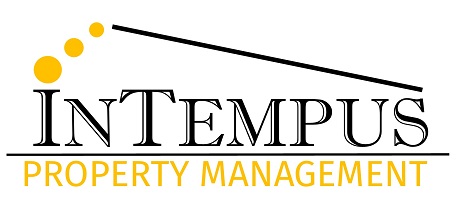A carefully-written lease agreement is a crucial component of owning an income property, but creating this contract may be easier said than done. Of course, you’ll want to consult your property management company beforehand; doing so will help ensure your lease is compliant with state landlord laws while simultaneously protecting your property and minimizing any gray areas surrounding tenant and landlord responsibilities.
Here’s What Your Residential Lease Contract Should Include:
1. Names of All Residents Who Will Occupy the Property
While the lease only needs to be signed by the person(s) responsible for paying rent, it’s still a good idea to collect the names of all residents who will be living in the home. So, if you’re renting to a family of 4, all 4 names should be listed on the lease for the purpose of keeping accurate records.
2. Duration of The Lease
Before deciding on how you’d like your lease agreement to last, it may be worthwhile to research the local rental market and compare your property to comparable homes. It’s also wise to consider the demographic of average renters in your neighborhood; for instance, while families may be inclined to sign a 2-year lease, a college student or young professional will often be willing to sign a 12-month lease.
3. Monthly Rent and Subsequent Details
In addition to the monthly rent price, your lease agreement should also specify when payments are due each month, and the type of payment method your tenant intends to use.
4. Security Deposit
Make sure the security deposit amount is also explicitly stated in the lease agreement. Include any other relevant information, such as how the deposit may be used or whether the deposit will be transferred to your broker.
5. Terms Regarding Late or Unpaid Rent
To further reduce the risk of financial loss, your lease agreement should outline additional fees that the tenant may owe if rent cannot be collected by the due date.
6. Parking Permissions
Whether the rental unit includes parking or not, this information should be clearly stated on the lease as well.
7. Utility Payments
Your lease contract should also specify if utility costs are included in the rent or if the tenant is required to pay these directly.
8. Condition of The Property And Routine Maintenance Tasks
Allow the tenant to include a description of any damaged or inoperable furnishings, appliances, fixtures, etc. If any such issues exist, it will be your responsibility to ensure the necessary repairs are made.
Additionally, the agreement should outline ongoing property maintenance tasks, such as landscaping duties, clearly stating whether the tenant or landlord will be responsible for each.
9. Your Policy On Pets
Your contract should clearly state whether or not pets are permitted on the premises.
10. Information About How Repairs Will Be Handled
If you would like to permit the tenant to make repairs to the property, your lease should include a clause outlining this agreement. Otherwise, your contract can prohibit renters from repairing or altering the home.
11. Acknowledgment of Receipt of Keys
If the tenant has not already been given keys, then you should specify the date at which point he or she can expect to receive them. Be sure to also record the number of keys that have been distributed.
12. Subletting Clause
In order to further decrease the risk of property damage and/ or late payment, make sure your lease contract prohibits the tenant from subletting or attempting to transfer the agreement without your permission.
13. Tenant’s Obligations Upon Vacating Premises
Include a thorough description of the tenant’s responsibilities that must be met prior to moving out. This should include steps such as returning all sets of keys, vacating parking spaces and any additional storage space, cleaning the premises, and providing a forwarding address, for example.
You should include a clause detailing the pre-move-out inspection that will be performed in order to determine whether or not the property requires repairs to correct damage caused by the tenant.
14. Early Termination Clause
You may still be able to recoup potentially lost earnings in the event that the tenant moves out early by including a clause requiring your tenant to pay for remaining months’ rent.
15. Damage to Premises Clause
Your lease should also include details about how the contract may be terminated if the home is made uninhabitable due to a disastrous event for which neither the tenant or landlord is responsible.
Need Help Creating a Lease Agreement? Trust The Bay Area’s Top Property Managers!
Intempus has proudly been providing the San Francisco Bay Area with the highest quality property management services for years now. Whether you have questions about how to screen tenants and create an effective lease contract or you need help maintaining your rental home, we’re happy to assist you!
Please contact our team today to learn more about our full list of services and see how Intempus can protect your investment!




